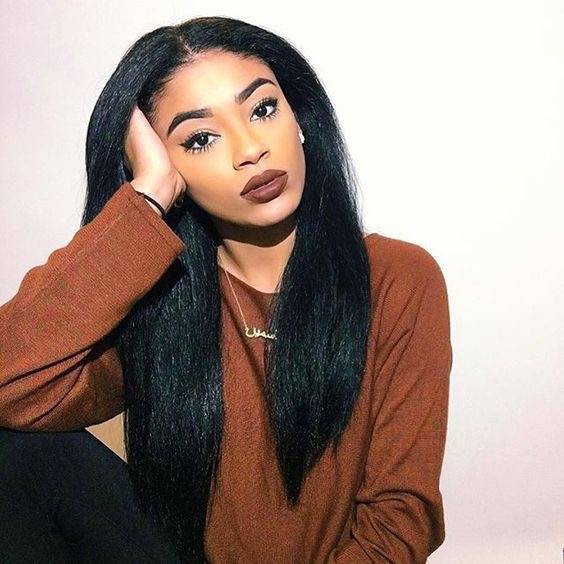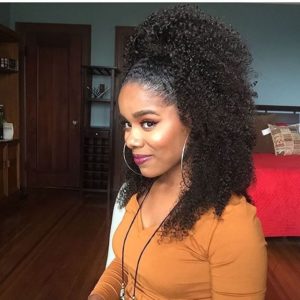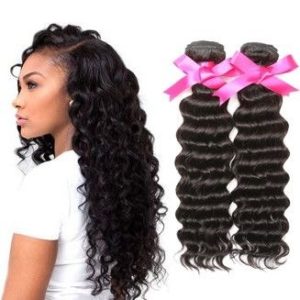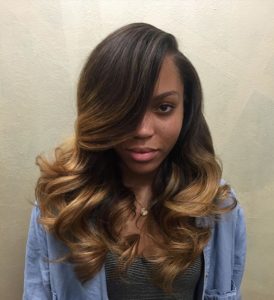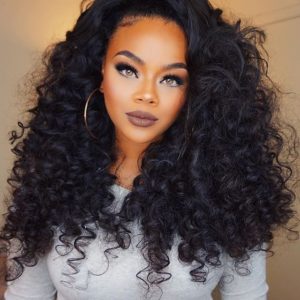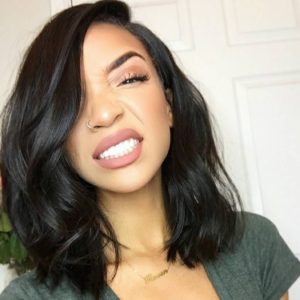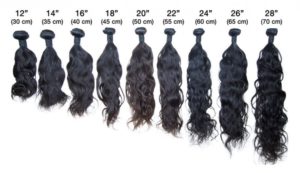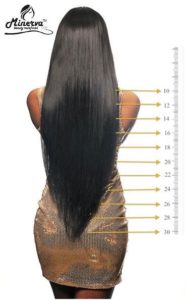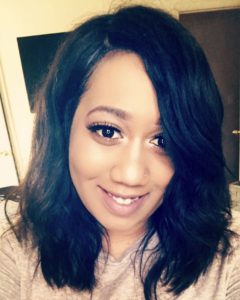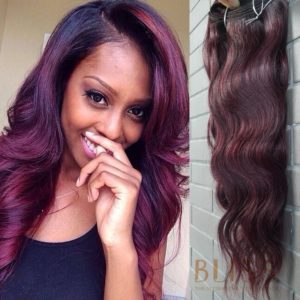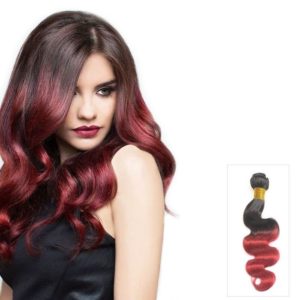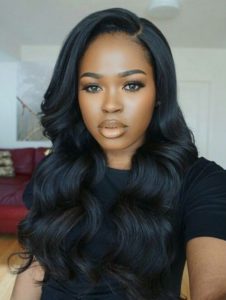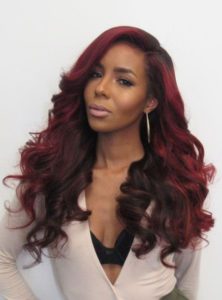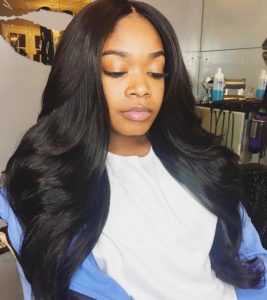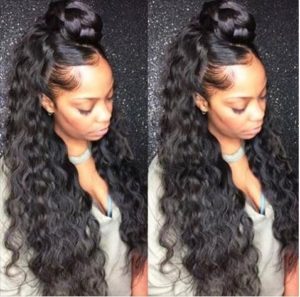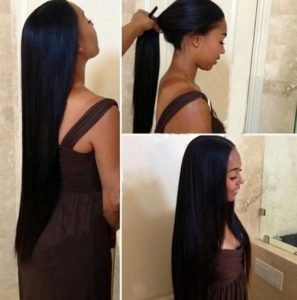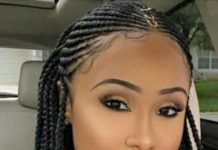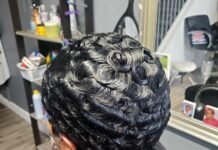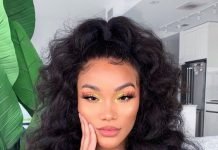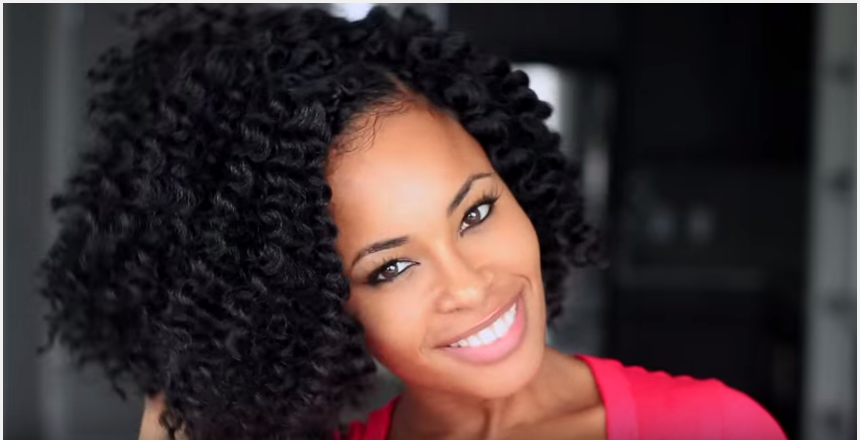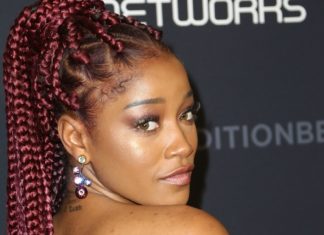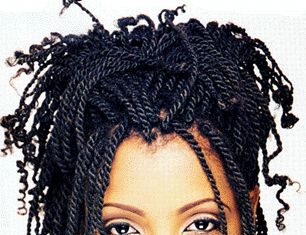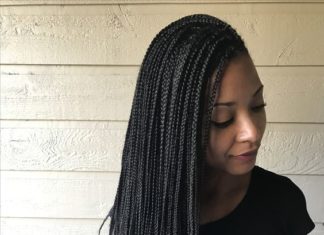Weave Lengths Guide: How to Get a Super Natural-Looking Weave
Weaves provide a great way to change up your look temporarily and give your natural hair a break from daily styling. When installed properly, weaves serve as a great protective style and give you styling versatility. Different lengths, textures, and colors can be achieved without damaging or permanently altering the natural state of the hair. When it comes to choosing the right weave, there are many factors to take into consideration. Here’s how to get a natural-looking weave and decide which weave length is right for you.
1Weave Lengths
2Weave Texture
Another important factor to consider is the texture of your hair vs the texture of your weave. You can choose from straight, wavy, curly, and kinky curly weaves. Choosing a hair texture similar to your own will help make your weave look more natural. However, if you have highly textured hair, choosing a weave of a different texture is a good way to experiment with a new look without the risk of heat damage. As long as it blends well with your natural hair, you’re good to go.
3Weave Color
The same goes for color: if you go with a weave with a leave-out, it is especially important to match the color and texture of the weave to your natural hair. If none of your hair is left out, it’s okay to go lighter or darker than your natural color; just make sure it’s a color that compliments your complexion.
4How Many Bundles?
Once you decide on the length, color, and texture, you’ll need to figure out how many bundles of hair you’ll need to achieve your desired look. This will vary depending on the amount of volume desired, the number of layers you want to have, and the size of your head. If you’re looking for more volume, you’ll want to use more bundles than you would if you were going for a more flat look. Also, consider the volume of your natural hair when choosing how many bundles to use. Too many bundles and it’ll look like the weave is wearing you: not the other way around. In general, for shorter lengths, two to three bundles are usually enough to create the style of your choosing. If you’re going longer (18 – 20 inches or longer), then you’ll probably need three or four bundles, possibly more.
5Weaves with a Leave-Out
If you decide to have a leave-out, make sure it blends well with your weave. Since it’s the only part of your hair that is not braided underneath your weave, your leave-out is more susceptible to damage than the rest of your hair. Use a heat protectant if you use heat-styling tools to match the texture of your weave to the texture of your natural hair.
6Weaves with a Closure
The benefit of a closure is the protection it provides. Wearing a closure eliminates the need for a leave-out, and reduces your risk of damage. Both silk and lace closures have their pros and cons. Lace closures are popular because they tend to lay flat, giving them a more natural appearance. Silk closures have very realistic looking parts, but they don’t allow your scalp underneath to breathe the way that lace does. If you can, get a custom closure that matches your scalp as closely as possible.
7Weave Quality is Key
There are so many types of hair to choose from when it comes to getting a weave. Human hair extensions are more expensive than synthetic hair, but they also tend to look a lot more natural. Generally, if you want a weave that looks and feels natural, synthetic hair is a no-go. Human hair will cost you more, but it’s worth the investment. Not only that, if properly cared for, you can reuse human hair extensions for future installations.
8Where to Buy Weaves
Although ordering online might be less expensive and more convenient, it is a good idea to see the hair in person before purchasing. This makes it a lot easier to see how it will look on you. However, you may have access to the best quality hair online, so if possible, find a vendor that’s willing send you a sample of the hair before you commit to purchasing entire bundles. This will give you a chance to inspect the hair for quality purposes and texture and color-matching.
9Weaves as a Protective Style
As mentioned earlier, weaves can be a great protective style, but they can also lead to damage if not properly installed or cared for. Generally, sew-in weaves are better than glue-in tracks, as the glue can damage your hair and make removal harder. It’s important not to leave a weave in too long (1 to 2 months is a good amount of time). Make sure you give your hair a break in between installs. Wearing weaves too often can put too much tension on your hair – especially your edges – which can lead to breakage and tension alopecia.
10What Length is Right for You?
Again, if you’re going for the most natural look, choose a weave length that is close to your natural length. There is a little wiggle room if you wear your hair natural and you’re choosing a straight weave, as your natural hair will obviously be longer when straightened. However, if you just want to switch up your style and you don’t care about the length being believable, you have a lot more flexibility. After all, one of the joys of wearing a weave is achieving a different look than usual.
11Choosing a Length (or Lengths)
Layered weaves tend to look more natural, so you may want to choose two or three different lengths. However, you can also go with one length and have it cut into layers after installation. It’s important to trim and style your weave so that it frames your face in a flattering way. When deciding on a length, don’t forget to take your height into consideration. If you are relatively short, that 24-inch weave may look a lot longer on you than it does on your tall friend. There are a variety of lengths to choose from, but the most common lengths range between 10 and 30 inches. With that large a range, it can be tough to choose.
12Weave length chart
1310 Inches Weave
1412 Inches Weave
1514 Inches Weave
1616 Inches Weave
1718 Inches Weave
1820 Inches Weave
1922 Inches Weave
2024 inches Weave
2126 – 30 inches Weave
If you’re looking to go the distance with an extra long weave, 26 inches and up is the way to go. These lengths will bring you to hip or tailbone length. Aside from wearing it down, there are many different ways to style the hair, including braids, buns, ponytails, and loose or tight curls. You’ll have plenty of hair to play around to create updos that are nice and full.

